And there are a couple of really great engineering lessons in this progression to a more powerful catapult. The first one that they built had one bungee cord and this one has two. That is kind of easy to figure out but when you do something like this you will need to do a few other things too, like they did! You probably need to use a stronger wood and in the case of this catapult they used oak which is much stronger. They made the first catapult out of Pine. And, they had to add more bracing which of course makes sense. Also, because you have two bungee cords you have to think about where you will anchor them and in this catapult they came up with a good solution.
Finally, and maybe most importantly is how they now have their pivot point assembled. In the first catapult they simply used a threaded rod as a pivot point. But, this does lose power and in this catapult, to get more power, they put a brass tube in the throw arm so the threaded rod would pivot with less friction.
If you are building a catapult you should think about these various improvements that they made. They make a big difference!
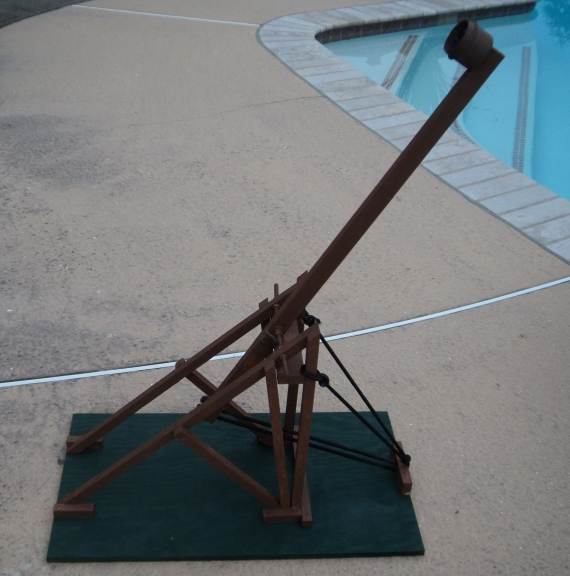
Here is a look at the earlier version of their catapult. And you can also learn more about this one here: The Reverse Powered Catapult
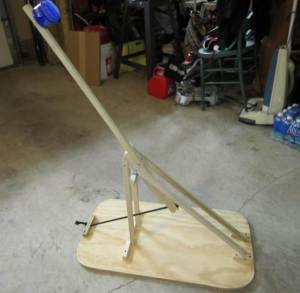
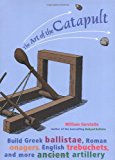
The Art of the Catapult: Build Greek Ballistae, Roman Onagers, English Trebuchets, and More Ancient Artillery
Whether playing at defending their own castle or simply chucking pumpkins over a fence, wannabe marauders and tinkerers will become fast acquainted with Ludgar, the War Wolf, Ill Neighbor, Cabulus, and the Wild Donkey-ancient artillery devices known commonly as catapults. Building these simple yet sophisticated machines introduces fundamentals of math and physics using levers, force, torsion, tension, and traction. Instructions and diagrams illustrate how to build seven authentic working model catapults, including an early Greek ballista, a Roman onager, and the apex of catapult technology, the English trebuchet. Additional projects include learning how to lash and make rope and how to construct and use a hand sling and a staff sling. The colorful history of siege warfare is explored through the stories of Alexander the Great and his battle of Tyre; Saladin, Richard the Lionheart, and the Third Crusade; pirate-turned-soldier John Crabbe and his ship-mounted catapults; and Edward I of England and his battle against the Scots at Stirling Castle.
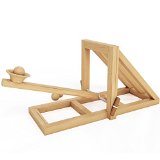
MOTA Catapult - Desktop Battle Kit -
- Engage in a fun hands-on learning experience and build your own desktop catapult with the included easy-to-understand instructions and pre-cut wooden pieces
- Test your precision and your catapult's power, or change the trajectory angle with the adjustable cord
- Take aim and fire away with five lightweight wooden ammo that's safe for indoor use
- Replicate the ancient art of war, or learn about the physics and engineering while constructing the catapult
- Guaranteed fun for all ages, imagination and wood glue not included
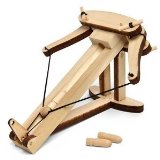
Miniature Ballista Kit - Wooden Desktop Warfare Ballista
The ballista was the ultimate artillery weapon of the Roman Empire. Similar in appearance to a giant crossbow, it was powered by massive bundles of twisted horse hair. The bolts it fires would mow down enemies and fortifications alike. This kit is based on the Roman design. It is laser cut from select hardwood for easy assembly and reliable performance. This tabletop kit has been designed for simple assembly. Designed with interlocking parts, a simple, reliable trigger, high strength cordage and lightweight projectiles this ballista is incredibly durable. Three easy-to-follow rules for public demonstration are provided to ensure everyone's safety.
|
![]()










